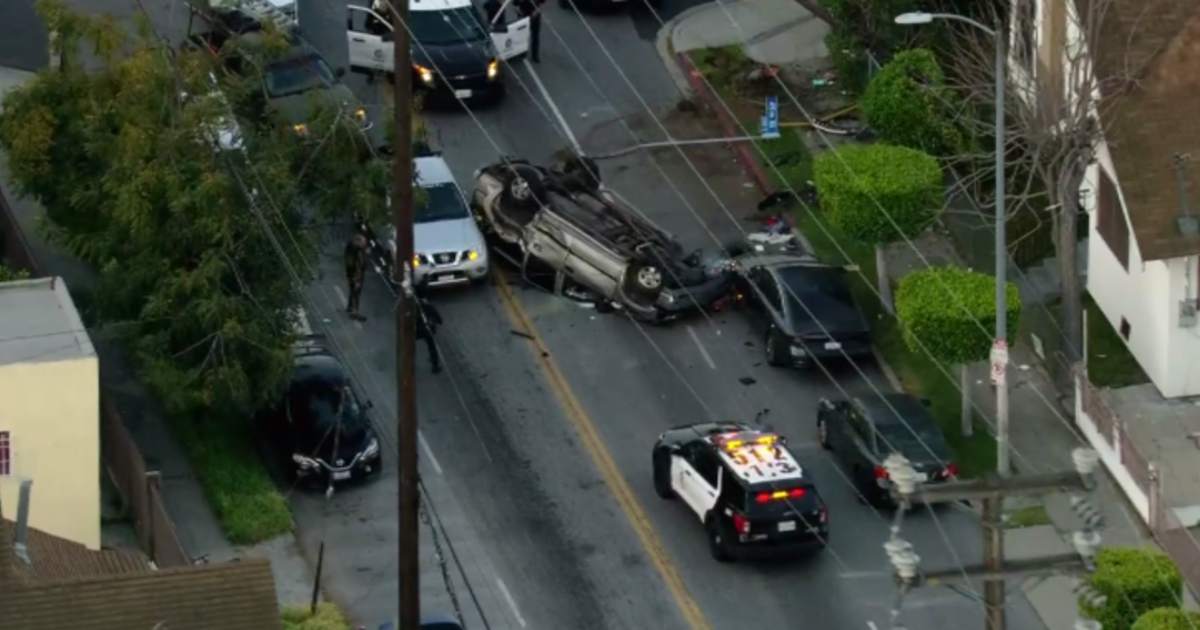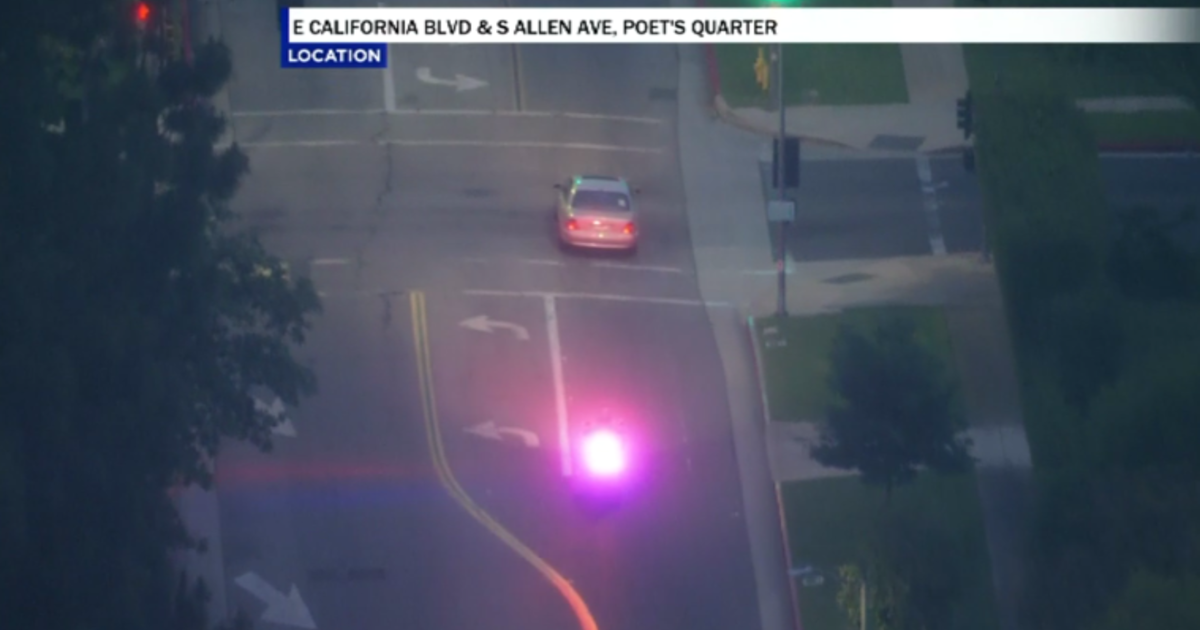City Of Long Beach Selected As Beta Site To Test Earthquake Early Warning System
LONG BEACH (CBSLA.com) — The California Institute of Technology and the United States Geological Survey selected the city of Long Beach to serve as a beta site for California Integrated Seismic Network (CISN) Earthquake Early Warning System (EEWS).
"It worries me to think a huge one might be coming," Long Beach mother Heather Kent said.
The EEWS uses existing seismic networks to detect moderate to large earthquakes so a warning can be sent before destructive seismic waves arrive to locations outside the epicenter.
"We are always looking for ways to better prepare for a disaster, and even a few seconds of warning before the force of an earthquake reaches us can save lives and protect property," Mayor Bob Foster said.
Once the system is fully developed, the goal of the warnings is to give people time to take protective action to drop, cover and hold-on and grant businesses time to shut down and move workers to safe locations. For a city like Long Beach, that warning could give crews enough time to protect the ports. It could also give medical professionals time to stop delicate procedures and could trigger automatic responses to safeguard critical infrastructure such as providing time for trains to slow or stop, for elevator doors to open, for bridge traffic to clear, for slowing or stopping traffic, and even stopping landings and take-offs at airports.
"The earthquake early warning system provides the City with another tool, in addition to CERT classes to prepare residents and all-hazards training to prepare staff, in the event of a disaster or major emergency," Deputy City Manager Reginald Harrison said. "Once fully developed, this technology could literally save lives."
City leaders hope that they can eventually send a warning to their half-million residents on their cell phones.
As a beta site, certain Long Beach departments will test the system and provide feedback, so that the developers can further refine their algorithms and software to ensure that the system integrates with real work delivery mechanisms, procedures and product benefits. The testing will be conducted at no cost to the city.
"We're going to meet with the USGS on Monday, with a number of our key departments that would really benefit from this, and we're going to select the sites where this web-based testing will take place. We anticipate four or five sites will be selected," Long Beach Deputy City Manager Reggie Harrison said.
The USGS is asking the approximately dozen beta test sites not to do anything with the information they collect, only to monitor it and make recommendations for what best works with the computer software.
The USGS would need about $16 million annually to implement the Early Warning System along the West Coast, similar to a system already in place in Mexico. It gave 71 seconds of warning before a 7.2-magnitude quake that struck Mexico City last week. However, Gov. Jerry Brown has said no state general funds can be used for the Early Warning System.
It's something some residents think is worth the hefty price tag.
"It worries me more now that I have kids than it did before. Before, I would have been like, "Whatever, it's an earthquake." This time, the last one that came, I definitely felt like - Oh, no! And I went right to [my son's] room," Kent said.
RELATED STORIES:
String Of Quakes Spur Renewed Calls For Early Warning System
CalTech Seismologists: Early Alert System May Give 30-Second Warning Before Major Quake



